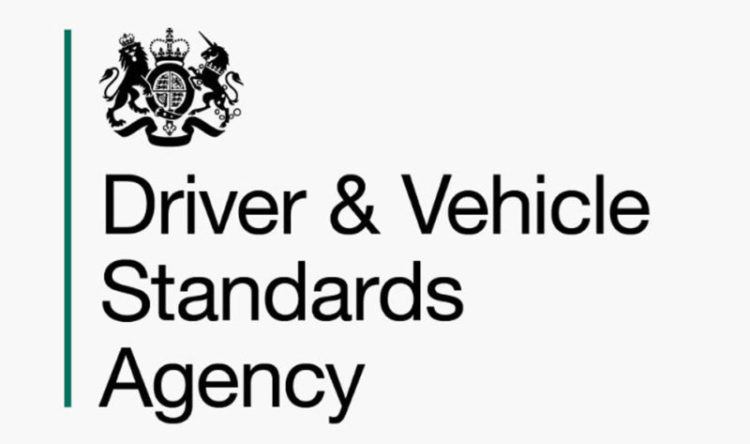Low beam
Dyslexia, dyspraxia and combatting low self-esteem
Too often, dyslexics experience a negative learning environment at school or college, leading to a pattern of academic failure, reinforced by negative comments. It can all too easily result in a self-defeating cycle of poor personal expectations and barriers to learning, contributing to low self-worth.
As driver trainers it’s imperative we focus on a dyslexic pupil’s strengths, whilst understanding and supporting their weaknesses. This way you can help your pupil to change negative thinking patterns, improving their learning confidence and becoming more open to your teaching.
REMEMBER
The learning process should always be a positive and active co-operation between you and your pupil; take time out to discuss whether any particular strategy is working and, if not, try something new. Your pupil knows how they learn best!
Dyslexic learners can have difficulties retaining information in their short-term memory, as well as processing information, especially when presented verbally. Don’t overwhelm them with too much information in one go as they need time to process and absorb it. Link subjects, encouraging revision and homework between lessons. Be creative with teaching and ‘think out of the box’ as much possible, often the more bizarre the better! Multisensory Learning, Mindmaps, NLP, TFT and visualisation are all great methods to help (we’ll cover this in later articles).
ORGANISED PROGRESS
In many ways, dyslexia and dyspraxia are similar and it’s possible for people to have both. Dyspraxia is mainly an organisational impairment of movement such as hand/eye or other forms of co-ordination, but it can also affect skills involved in language, thought and perception.The main problems are:
●Spatial Awareness – individuals are often perceived as ‘clumsy’.
●Perception – individuals can experience difficulty in judging distances, which may cause issues passing obstacles such as parked cars, or cyclists, and hinder manoeuvres by misjudging distance from kerbs or the white lines in a parking bay for example.
●Co-ordination – difficulty moving parts of the body without looking or in sequence. When driving, this often causes problems such as steering whilst changing gear and without looking at the gear lever.
●Laterality – working out left from right without a reminder.
●Concentration – often need longer to complete a task and find it very difficult to `multitask’.
●Short-term Memory and Sequencing – it can be difficult to make sense of information when listening to instructions.
MMMM
To help with teaching pupils with dyslexia/dyspraxia, remember the ‘4Ms’:
Manageable – Only work on one teaching point at a time, keeping learning periods short with breaks/changes in activity. Break complex learning down into steps or chunks. For example, rather than teaching a manoeuvre in full, you could use the dual controls whilst your pupil steers and, once this is mastered, let them control the pedals too. Controversial maybe, but I have found it incredibly helpful.
Memorable – Stress levels can be reached quickly; and the high levels of cortisol and adrenalin (the stress hormones) shut down learning. Keep lessons relaxed, personalised, fun and memorable.
Overlearning, by repeating the same points in different ways, can have a cumulative effect and improve their learning speed and memory. One method may resonate more than another, but the variation will have a greater benefit overall. Pupil specific lessons and understanding how an individual learns most effectively is essential. Pay attention to their language; their method of description, the specific meaning they may attach to particular words and actions is very important and may be different to yours – it’s not necessarily wrong or right! For example, the next time you get a pupil to use the windscreen wash, ask them if they move the steering wheel stalk forward or back – your forward may be their backward! They will learn so much faster if you ‘speak the same language’!
Multi-Sensory – Every activity should involve vision/hearing/action. For example, if I’m teaching a manoeuvre, my pupil may decide to video me demonstrating, with a commentary of how to do it, so they can visualise themselves doing it between lessons. Use sound/colour/role-play to engage all learning channels.
Metacognitive – Talk about the learning, question the process. Discuss the different methods, establishing the most effective process for them, it may even be a method you are unaware of, so ask them. Involve your learner in the process, and possibly a guardian or parent too, to establish the best way forward.
If you would like more information on Diane’s books on Dyslexia and Dyspraxia, please click here.






